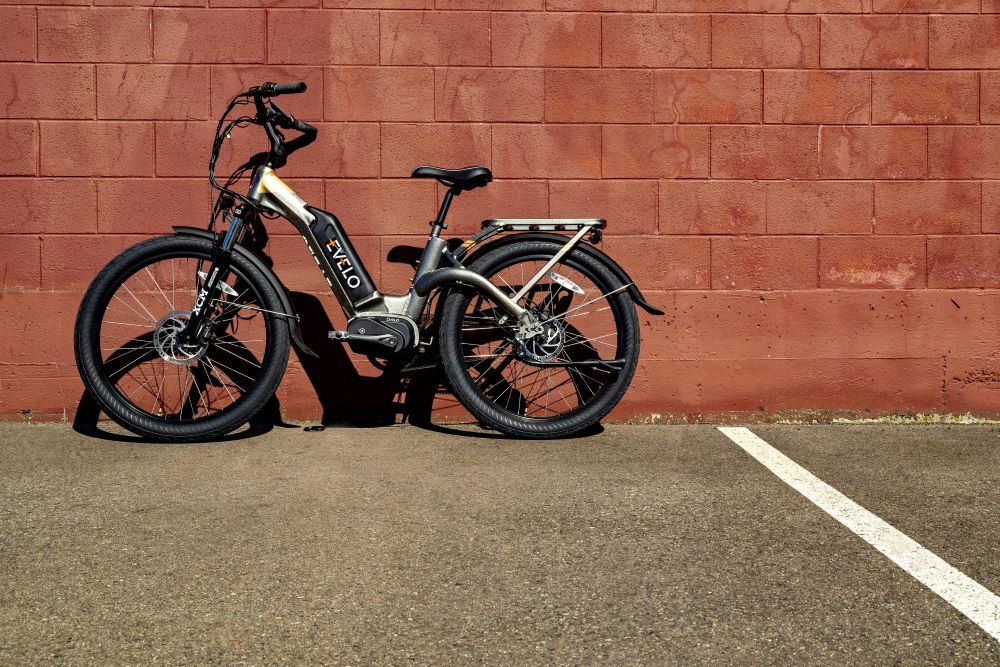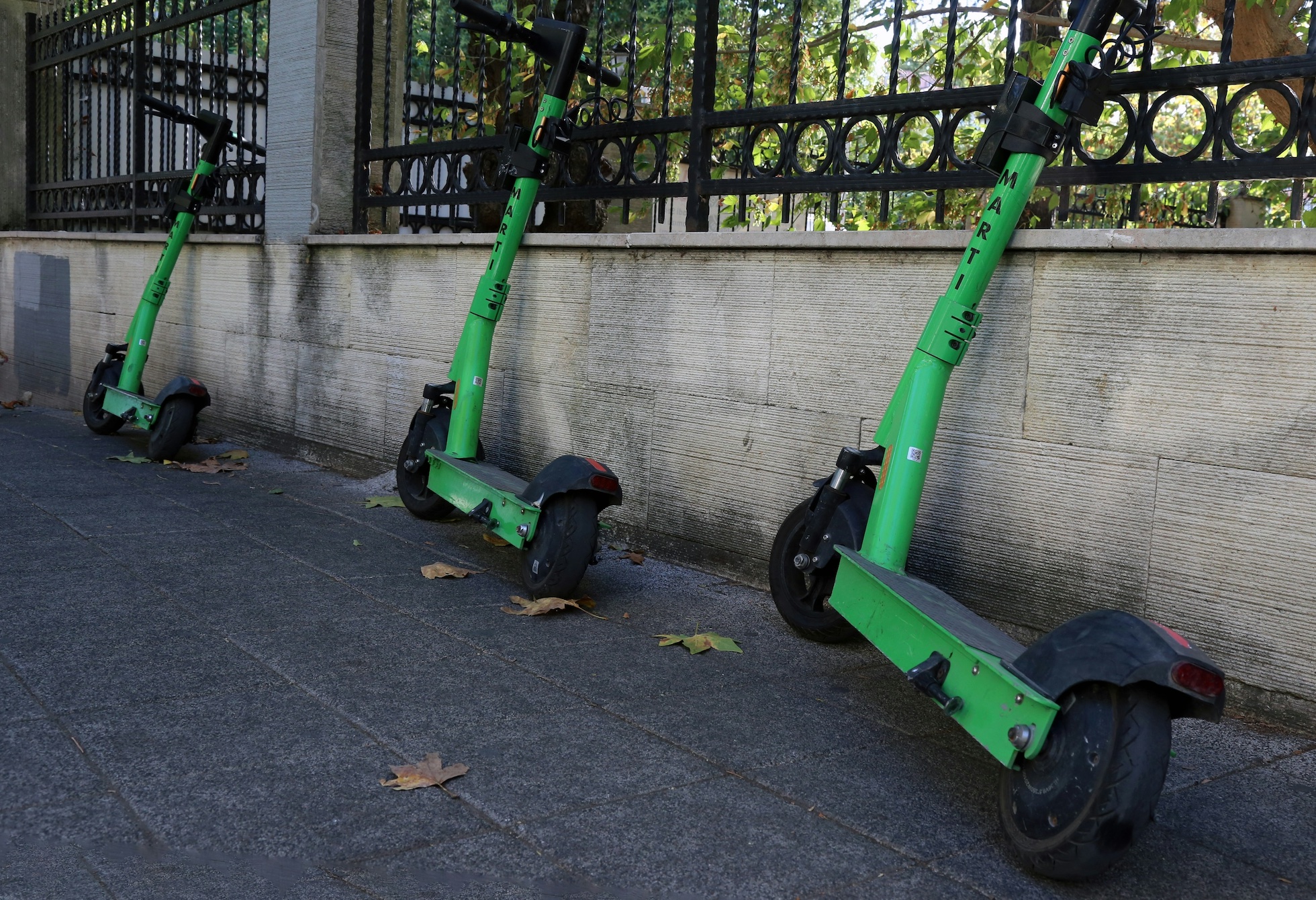Before you hop on, always check rules and guidelines within your local area to stay safe and within the law.
In addition to their light carbon footprints, personal light electric vehicles (PLEVs) like e-bikes and e-scooters can even be faster than regular bikes (some reach almost 30mph). Yet, as PLEVs become increasingly commonplace in the U.S., rates of accidents and injuries have simultaneously doubled each year from 751 in 2017 to 23,493 in 2022, Forbes reports. This is partially due to the fact that laws and policies to govern responsible PLEV use haven’t developed fast enough to keep up with their newfound popularity. It’s therefore important PLEV users familiarize themselves with current local laws and guidelines to stay safe and within their rights during their rides.
E-scooters on the roads: are they allowed?
E-scooters are allowed on the roads in certain states, although restrictions apply. In New York, for example, e-scooters are only allowed on roads with speed limits under 30 mph, whereas they can be used on roads in Arizona, Oregon, and Oklahoma with limits under 25 mph. The same goes for California, however e-scooters can be used in certain bike lanes on roads with 25mph+ speed limits. Illinois and Texas, on the other hand, have banned e-scooters on roads with speed limits of 35 mph and above, although local governments have the ultimate say on their use on highways and other streets. Maryland differs from most other states as they’re only prohibited on roads with speed limits of 50 mph or above.
What about sidewalks and crossings?

In eleven states (Maryland, Virginia, Hawaii, Texas, Kansas, Illinois, New York, Indiana, Nevada, Utah, and Louisiana), local governments have the final say over whether e-scooters can be used on sidewalks. In Minnesota, comparatively, e-scooters are flat-out banned on sidewalks, unless used to enter or exit a building. As for crosswalks, there aren’t yet explicit laws that clarify PLEV use. The confusion this can potentially cause was recently seen in a viral incident when a Porsche collided with an e-scooter user on a Louisiana crosswalk.
Legally-speaking, there’s no clear wrong party in this situation as, although e-scooters can generally be used on sidewalks (Louisiana RS 32:300.1.1), crosswalks are typically reserved for pedestrians only. So, in absence of clear rules, e-scooter riders should generally do as cyclists do. This means they can use crosswalks, but use common sense before crossing and give pedestrians right of way.
E-bikes on the roads
As for e-bikes, some states (including, Louisiana, Vermont, West Virginia, Kentucky, Alaska, and Iowa) do allow them on the roads. However, local authorities have the final say on whether they’re permitted on sidewalks and bike paths. Notably, Hawaii has no limitations on where you can use e-bikes throughout the state. Alternatively, in Nebraska, Delaware, Iowa, and Vermont, e-bikes are legally considered the equivalent of regular bicycles. Therefore, they can be used anywhere bicycles can, including roads, bike paths, and trails.
PLEV regulations vary from state to state, and even from city to city, in some cases. So, before you hop on, always check rules and guidelines within your local area to stay safe and within the law.


Join the conversation!